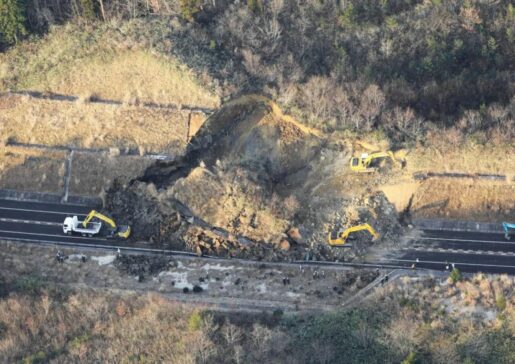In the early morning of the 14th, the Japan Meteorological Agency revised the magnitude of the strong earthquake off Fukushima off the evening of the 13th from 7.1 to 7.3 on the Richter scale.
At the same time, many experts warned that there may be another strong earthquake in the region within a week, and called on residents to prepare for aftershocks and pay attention to their personal safety.
The horror of the great earthquake reappears
According to the Japan Broadcasting Association, so far, the number of injured people in Fukushima, Miyagi and Kanto, Japan, has exceeded 100 people due to last night’s earthquake, but none of them are in danger.
In addition, there have been widespread power and water outages in many parts of Japan, and at least 10 thermal generating units in the northeast have suspended power generation.
Some parts of the Shinkansen in Tohoku, Kami-Vietnam, Hokuriku and Tokaido in Japan have been temporarily suspended due to power outages. The earthquake also caused fires and landslides in some areas of Fukushima and Miyagi Prefecture.
According to the somatosensory and surrounding conditions, the Japan Meteorological Agency divides the seismic magnitudes into 0, 1, 2, 3, 4, 5 weak, 5 strong, 6 weak, 6 strong and 7 levels.
The Meteorological Department said that this was the second time that a strong earthquake of six magnitudes has been observed in Miyagi Prefecture since the 7.2 earthquake off the coast of the county on April 7, 2011.
Fukushima Prefecture has observed another strong earthquake of six magnitudes since the March 11 earthquake.
Photos and videos of Fukushima and other places posted on social media show that the wine bottles in the supermarket liquor counter area are in a mess, room items are scattered all over the ground, the refrigerator door is shaken violently, and the people in the video make sad shouts from time to time…
Many Japanese people said that the earthquake reminds them of the March 11th 10 years ago.
Terror and unease in earthquakes.
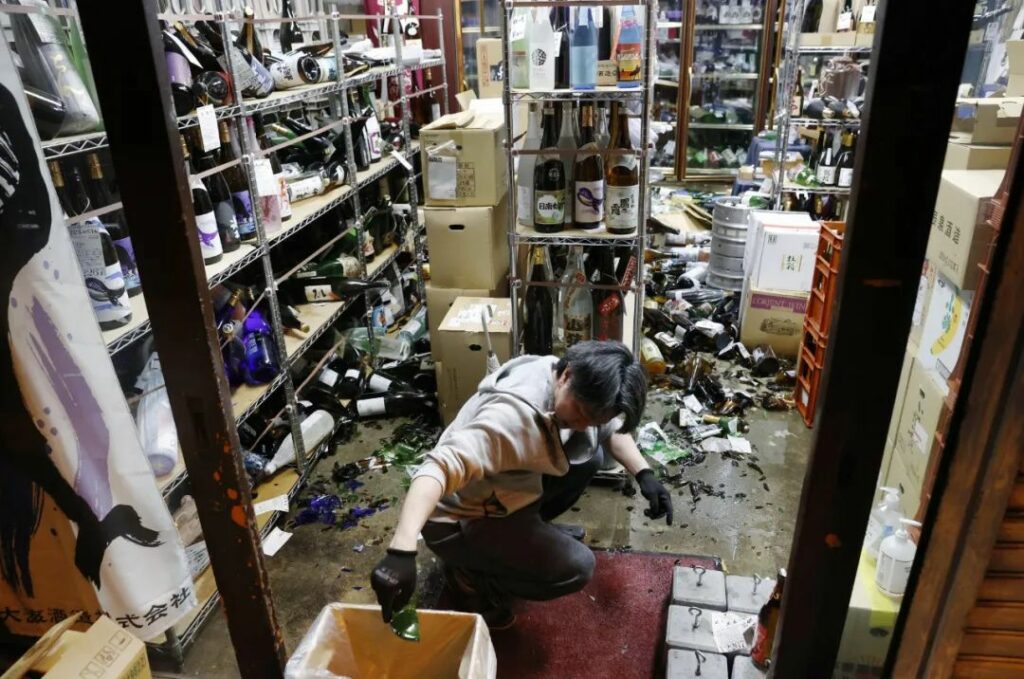
Affected by the earthquake, the earthquake in Tokyo was 4, and the building where the reporter was located shook significantly for a long time.
Many people in Tokyo said that the earthquake was the strongest since the March 11 earthquake.
Or the aftershock of March 11th
In the early morning of the 14th, the Japan Meteorological Agency also revised the focal depth from 60 kilometers to 55 kilometers, and pointed out that the strong earthquake caused large-scale and wide-range strong shaking due to its high magnitude and deep focal point.
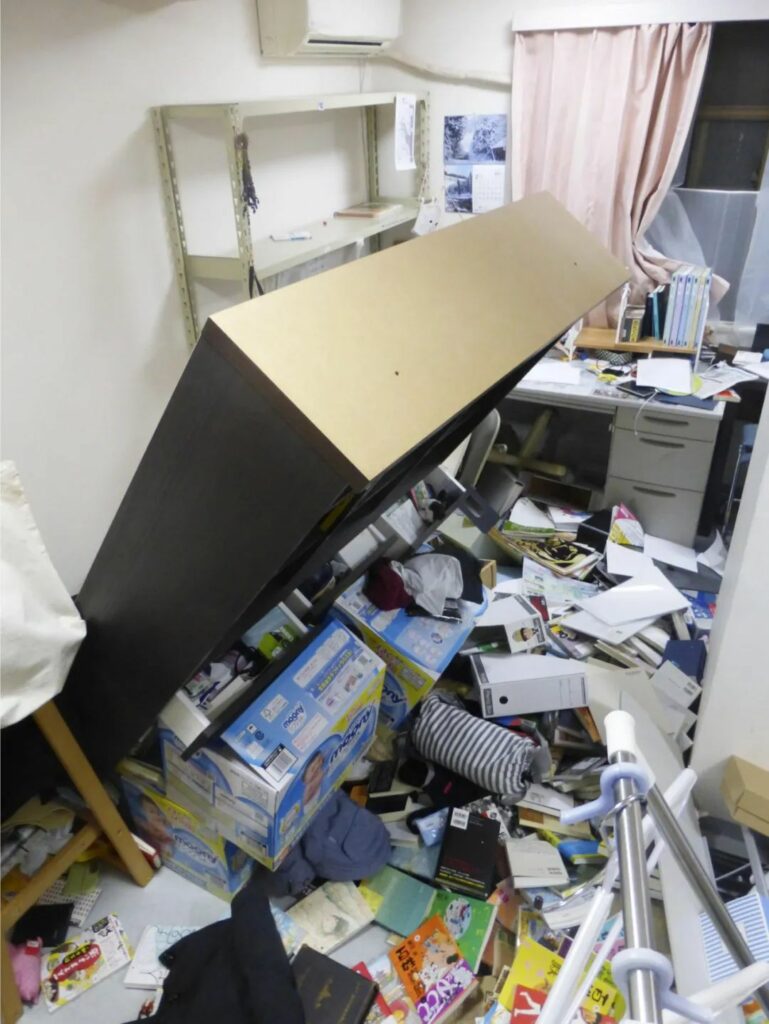
Noriko Kamaya, an official of the Meteorological Department, said that this earthquake may be the aftershock of the March 11th earthquake in 2011.
According to past experience, similar strong earthquakes may occur in the past two, three days to a week, and residents are urged to pay attention to safety.
Takashi Furumura, a professor at the Seismological Research Institute of the University of Tokyo in Japan, said that the earthquake should be an earthquake at the junction of the plate, because the focal point is deep and will not cause a tsunami.
Due to the frequent seismic activity in the earthquake area, the impact of the March 11 earthquake still exists, and he also believes that there may be strong earthquakes in the next week.
At present, the Japanese government has set up the official residence response room in the Crisis Management Center of the Prime Minister’s residence, the Disaster Security Headquarters of the Police Department, and the Disaster Response Headquarters in Fukushima Prefecture and Miyagi Prefecture.
Japanese Prime Minister Yoshihiro Kan instructed to grasp the disaster situation as soon as possible, hoping that all localities would cooperate closely and make every effort to relieve the disaster.
Nobuo Kishi, Japan’s Defense Minister, has asked the Self-Defense Forces to do a good job in disaster response.
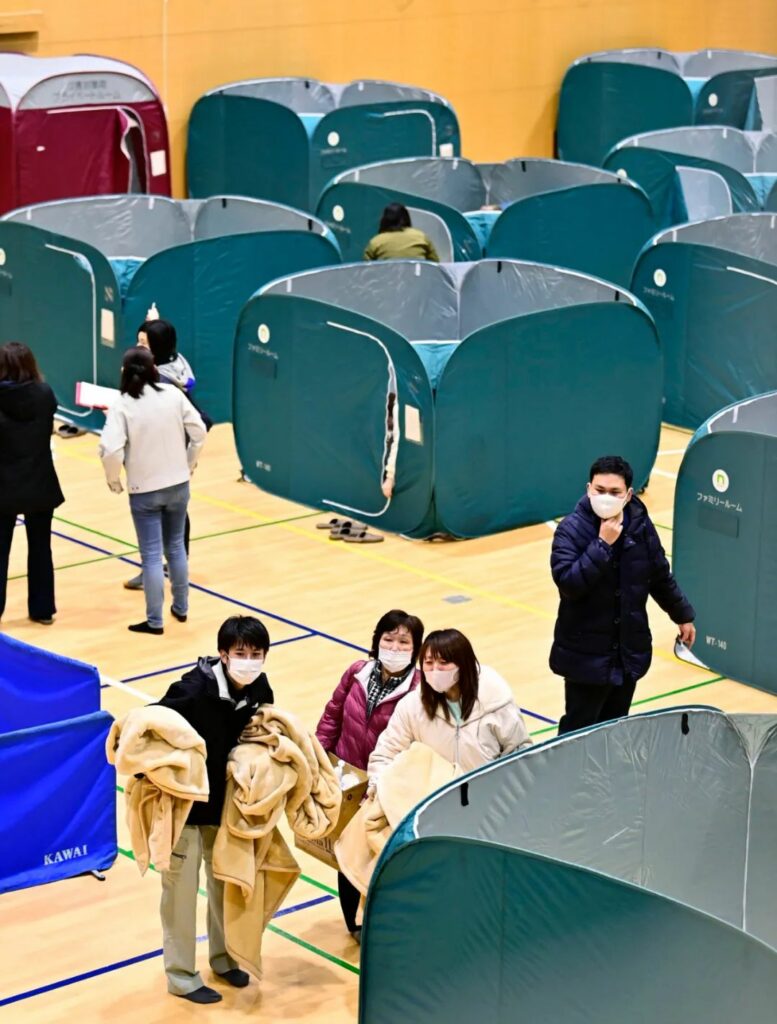
Nuclear facilities are normal
In the early morning of the 14th, Kan Yiwei said at the Prime Minister’s residence that the earthquake on the evening of the 13th would not cause a tsunami and that the relevant nuclear facilities were not abnormal.
According to Kyodo News Agency, Tokyo Electric Power Company announced that the strong earthquake shaking caused part of the water from the spent fuel pool above the buildings of the No. 5 and 6 nuclear reactors of the Fukushima Daiichi nuclear power plant to overflow.
There also been water spills in the shared spent fuel pools transferred from nuclear reactors to store nuclear waste.
However, the spilled water did not flow out of the building, had no impact on the outside, and the nuclear power plant did not report changes in radiation monitoring data.
In addition, the equipment of the Miyagi Prefecture Inagawa nuclear power plant has no obvious abnormality, and the radiation monitoring data has not changed.
There is no abnormality at the Tokai No. 2 nuclear power plant in Ibaraki and Niigata Prefecture.
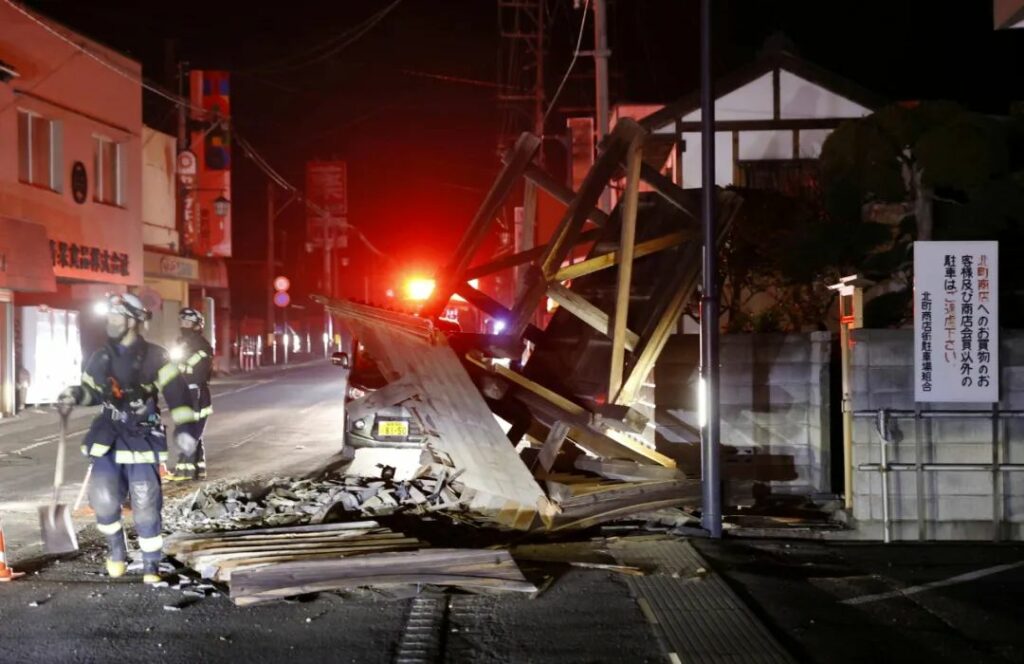
On March 11, 2011, a magnitude 9.0 earthquake occurred in the northeast waters of Japan and triggered a huge tsunami, causing heavy casualties.
Affected by the earthquake and tsunami, a large amount of radioactive material leaked at the Fukushima Daiichi nuclear power plant, resulting in the worst nuclear accident since the Chernobyl nuclear accident in the Soviet Union.


